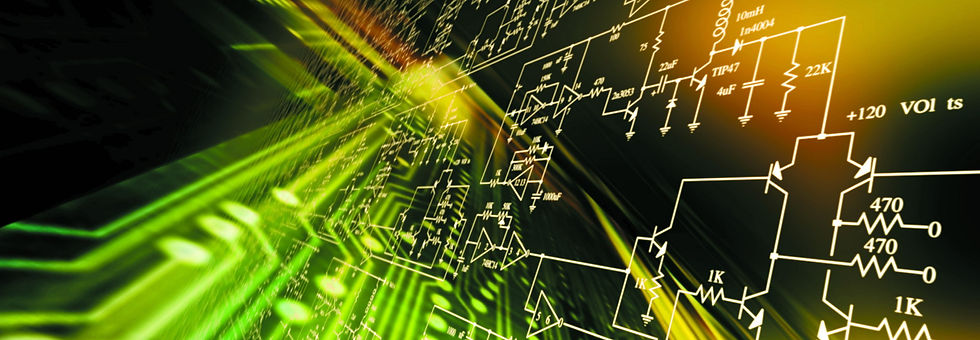

MEL TECH
CIRCTRONICS
POWER IN A BALANCED SYSTEM
This requires that the analysis be done in the time domain. For a Y - connected load, the phase voltages are
Van = √2 Vp coswt , Vbn = √2 Vp cos(wt - 120), Vcn = √2 Vp cos(wt + 120)
where the factor √2 is important because Vp has been defined as the rms value of the phase voltage. If Zy = Z∠Ɵ, the phase currents lag behid their corresponding phase voltage by Ɵ.
ia = √2Ip cos(wt - Ɵ), ib = √2Ip cos(wt - Ɵ - 120) ib = √2Ip cos(wt - Ɵ + 120)
THE TOTAL INSTANTANEOUS POWER IN THE LOAD:
p = pa + pb + pc = VANia + VBNib + VCNic
= 2VpIp [ coswt cos(wt - Ɵ) + cos(wt - 120) cos(wt - Ɵ - 120) + cos(wt + 120) cos(wt - Ɵ + 120) ]
p = 3VpIp cosƟ
INSTANTANEOUS POWER PER PHASE IS:
p = VpIp cosƟ
REACTIVE POWER PER PHASE IS:
Qp = VpIp sinƟ
APPARENT POWER PER PHASE IS:
Sp = VpIp
COMPLEX POWER PER PHASE IS :
Sp = Pp + jQp = Vp Ip*
REMEMBER:
1. If you're looking for total power, just multiply it by 3. If looking for per phase, divide it by 3.
2. Vp, Ip, VL and IL are all rms values and that Ɵis the angle of the load inpedance.
EXAMPLE:
1.) A three - phase motor can be regarded as a balanced Y - load. A three - phase motor draws 5.6KW when the line voltage is 220 V and the line current is 18.2 A. Determine the power factor of the motor.
SOLUTION:
The apparent power is:
S = √VL IL = √3 (220)(18.2) = 6935.13 VA
The power factor is:
pf = cosƟ = P = 5.6KW = 0.8075
S 6935.13
2.) A three-phase balanced system with a line voltage of 202 V rms feeds a delta-connected load with Zp = 25 Ω°∠60.
(a) Find the line current.
(b) Determine the total power supplied to the load using two wattmeters connected to the A and C lines.
SOLUTION:

3. A balanced three-phase source with VL = 240 V rms is supplying 8 kVA at 0.6 power factor lagging to two wye-connected parallel loads. If one load draws 3 kW at unity power factor, calculate the impedance per phase of the second load.
SOLUTION:
